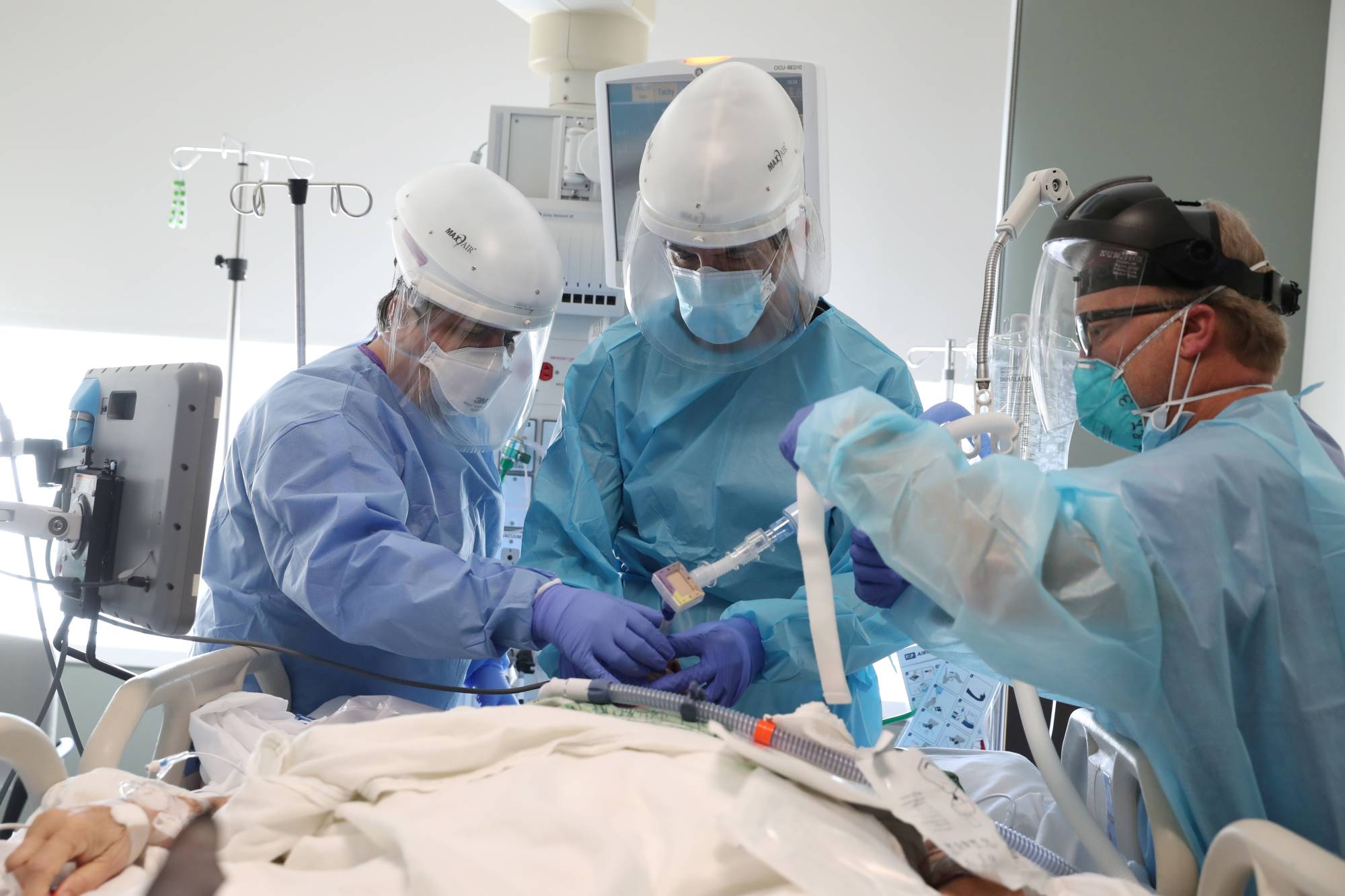The Centers for Disease Control and Prevention announced the first U.S. death from COVID-19 on Feb. 29, 2020. Within a month, more than 1,000 Americans were dying on a single day. Since then, we’ve reached that daily number many times over. Some days, more than 2,500 people have died. And yet, many are largely disconnected from the pain, unwilling or unable to recognize or process the loss.
Where is the collective mourning? I am an empathy scientist, and I can report that we are not a nation of psychopaths. People have a limited capacity to process mass suffering, rather than a callous lack of care. Cognitive biases — common errors in thinking — make it difficult to process tragedy of this scale over time, creating a sense of psychological distance between us and the number of COVID-19 deaths. By understanding how various cognitive biases work, however, people can train themselves to feel the weight of our country’s losses again.
Several types of cognitive bias are warping Americans’ ability to process COVID-19 today. First is the numeracy bias, the brain’s inability to wrap itself around large numbers. I logged onto Facebook recently and was saddened by a message from one of my friends announcing the death of his cousin from COVID-19. My friend wrote that behind every statistic, there is a person and a family — and that this time, it was him.



















With your current subscription plan you can comment on stories. However, before writing your first comment, please create a display name in the Profile section of your subscriber account page.